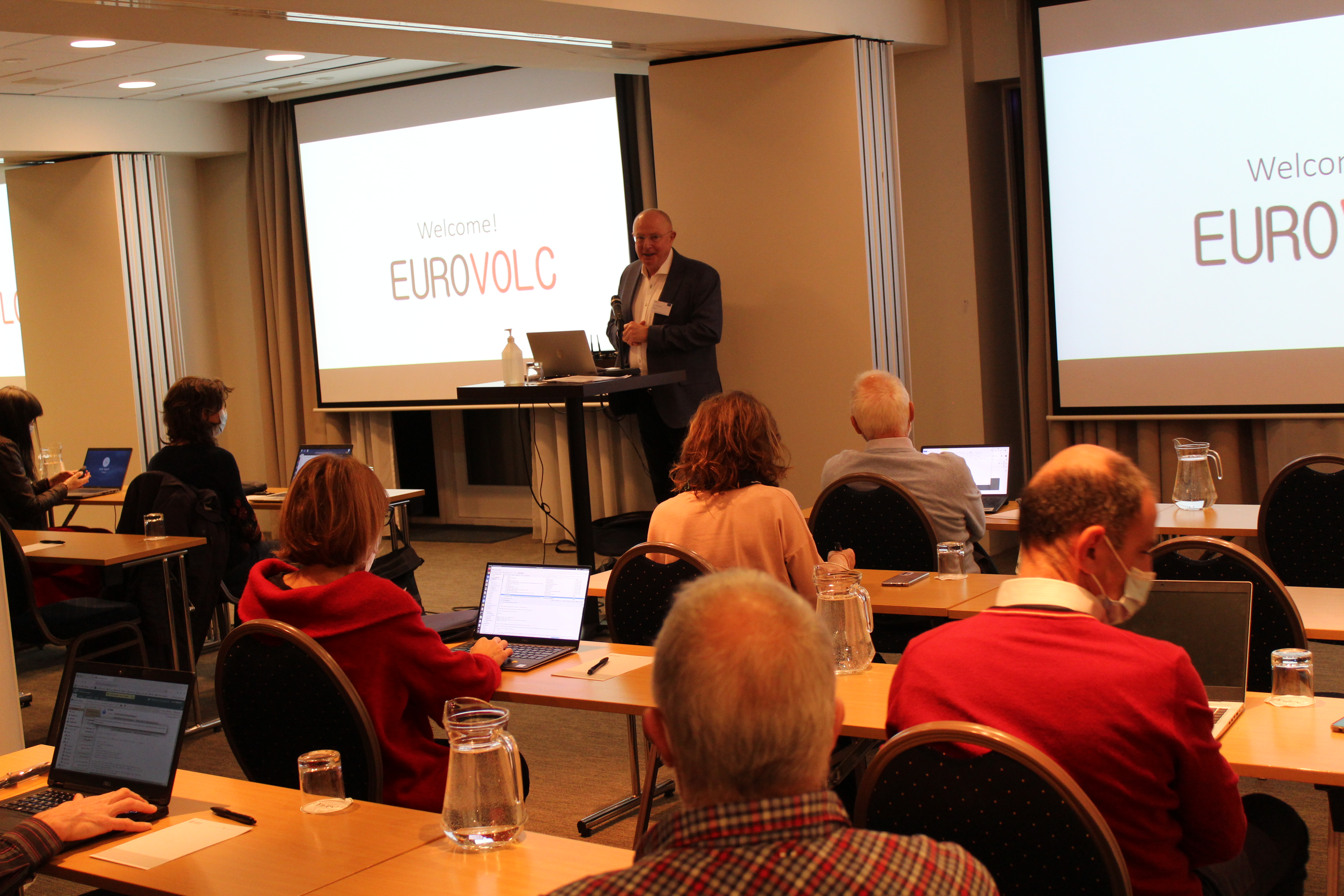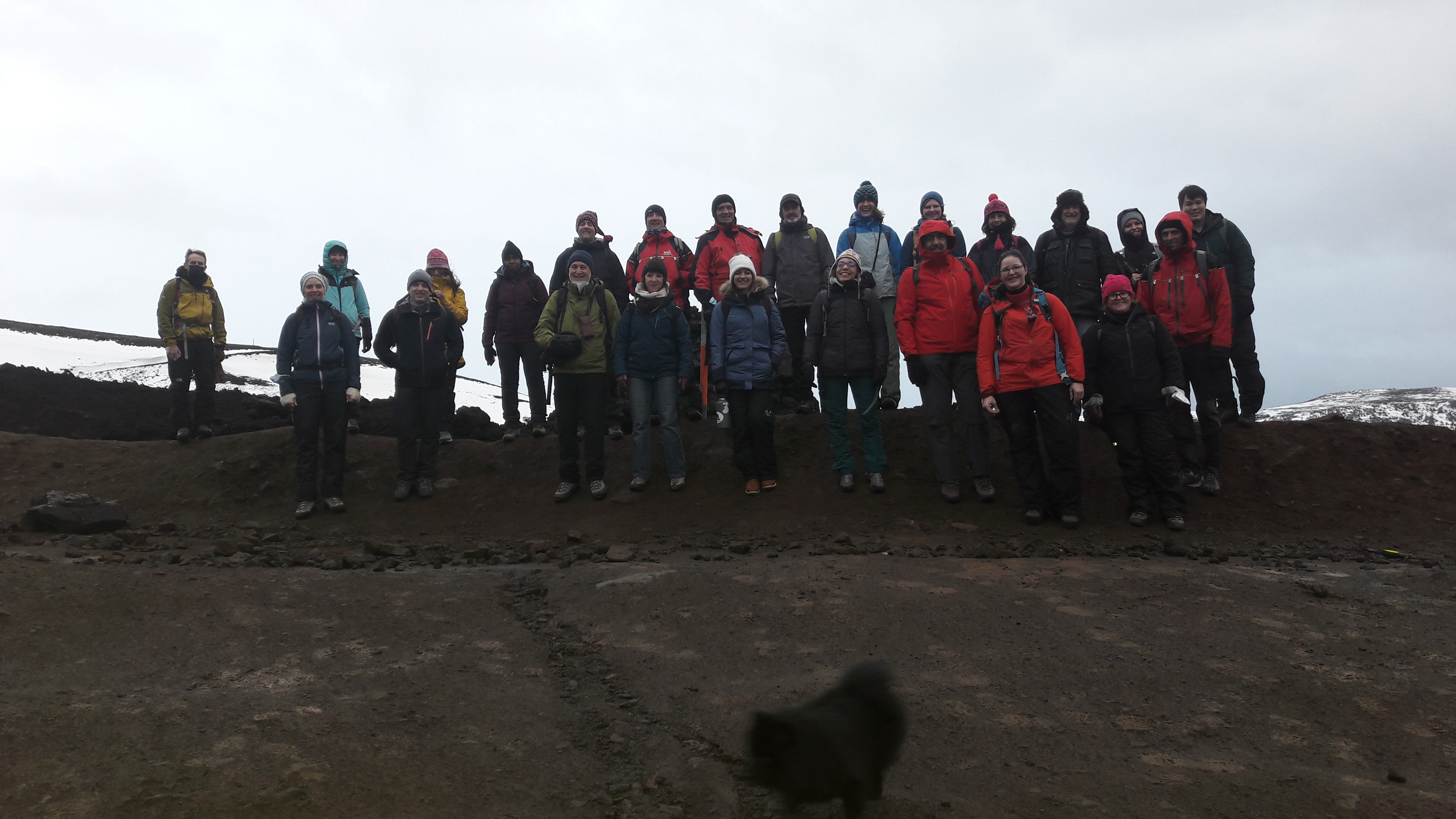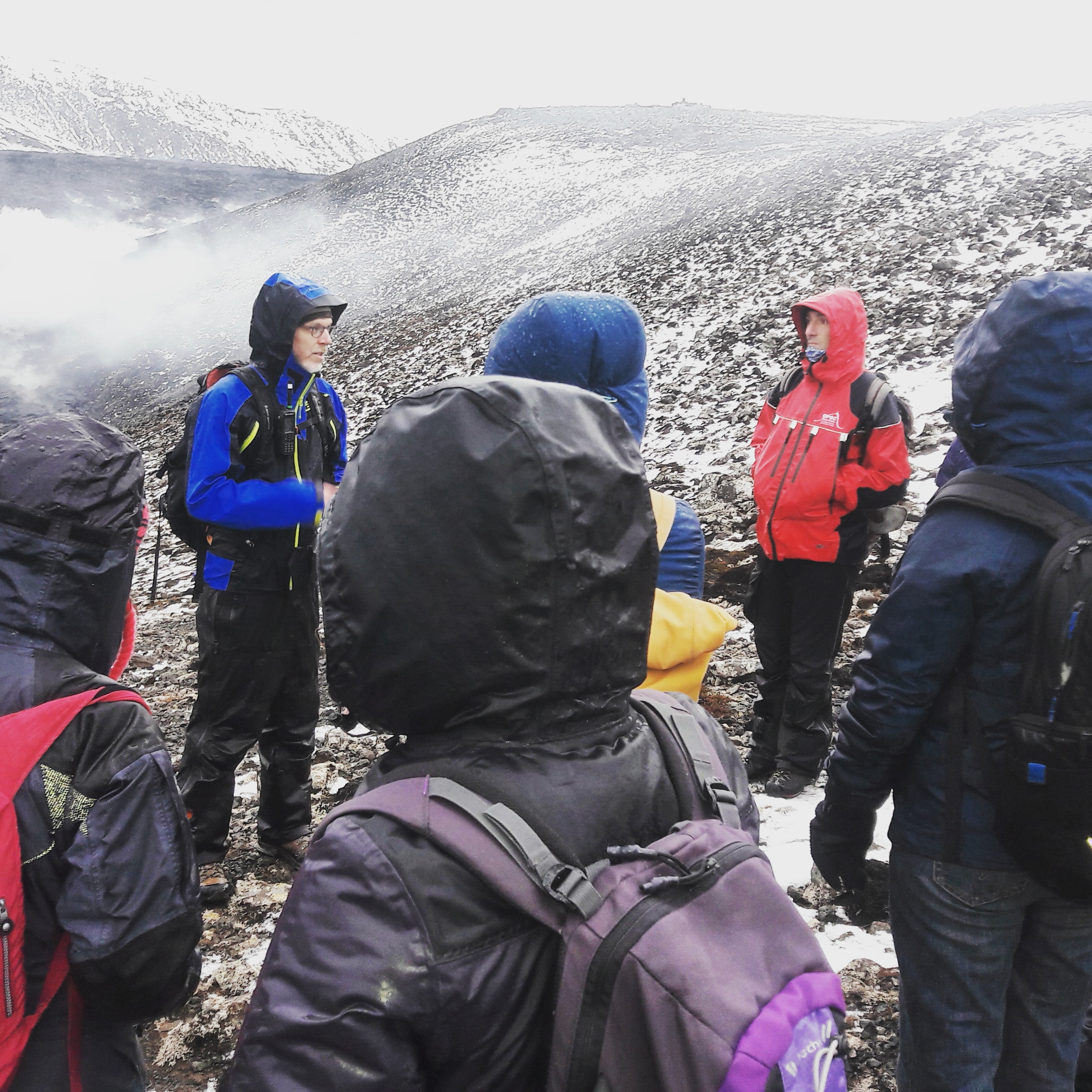The final meeting of EUROVOLC was held on the 16th-18th of November 2021.
The project, which overarching aim was to harmonize and facilitate communication and integration within the volcanological community, started on the 1st of February 2018 and its duration was originally 3 years. However, as in so many cases, the COVID-19 pandemic heavily impacted most of the activities. Therefore, the project management sought permission from the EU to extend its duration by 10 months so that all planned activities could be carried out, either as originally foreseen or with alterations. The approval for a 10 month extension came through in December 2020 and it is safe to say that all participants have made a good use of that time, completing work that got impacted by the travel restrictions due to COVID-19. The extension was especially important for the Trans-national accesses of the 2nd Call, out of the 39 approved research projects only 3 were cancelled.
The final meeting was held according to new standards imposed by the pandemic, both in person and on ZOOM. Participants able to travel met in Center Hotels Plaza, Reykjavik for 2 days of a very dense agenda. Árni Snorrason, General Director of the Icelandic Meteorological Office opened the meeting and underlined the importance of projects and international collaborations such as EUROVOLC and other joint effort such as EPOS (European Plate Observing System). This synergy has resulted in new software developments and reinforcement of Research Infrastructures, an invaluable improvement when volcanic crisis occur. The joint effort has not gone unnoticed by stakeholders since the evolution of scientific methods has had a positive effect on the whole value chain, resulting in increased funding for monitoring natural hazards.

This time around, the focus of the meeting was on the four themes upon which EUROVOLC focuses, rather than individual Work Packages. A coordinated summary of results of the themes: (1) Community building, (2) Volcano-atmosphere interaction, (3) Sub-surface processes and (4) Volcanic crisis preparedness and risk management was presented and future prospects discussed. Since this was the last EUROVOLC meeting, it was both a harvest of 46 months of work, as well as platform for speculations of the future of the volcanological community.
In addition to the thematic overview of the work, lectures on the recent ongoings in Fagradalsfjall (Iceland), Etna and Vulcano (Italy) and La Palma (The Canary Islands) were given.
The formal agenda concluded with discussions about the next logical steps for the volcanological community, where it was unanimously agreed that the products developed in EUROVOLC should be sustained within EPOS VO-TCS (European Plate Observatory System Volcano Observations – Thematic Core Services).
The final words of the meeting were given by Giuseppe Publisi (INGV), Patrick Allard, President of IAVCEI (International Association of Volcanology and Chemistry of the Earth’s Interior), and lastly by the Coordinator of EUROVOLC, Kristín S. Vogfjörd (IMO).

The group celebrated the end of the meeting with a joint dinner in Reykjavík and a field trip to the eruption site on Reykjanes peninsula where Freysteinn Sigmundsson (UI), Ármann Höskuldsson (UI), Sara Barsotti (IMO) guided the group and provided interesting information on the geological aspects of the area and the eruption in Geldingadalir, with inputs from Hanna Blanck (IMO), Bergrún Óladóttir (IMO) and Björn Oddsson (NCIP).
Congratulations EUROVOLC team!



